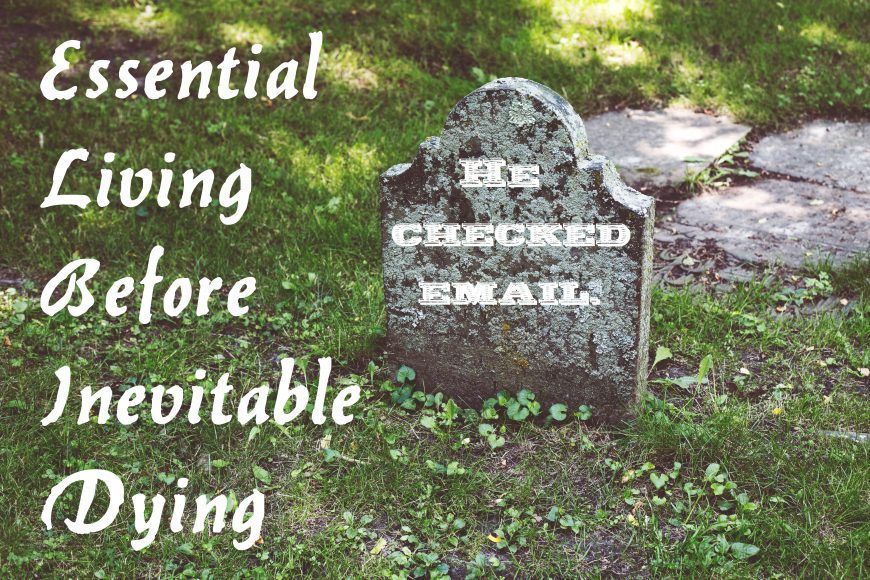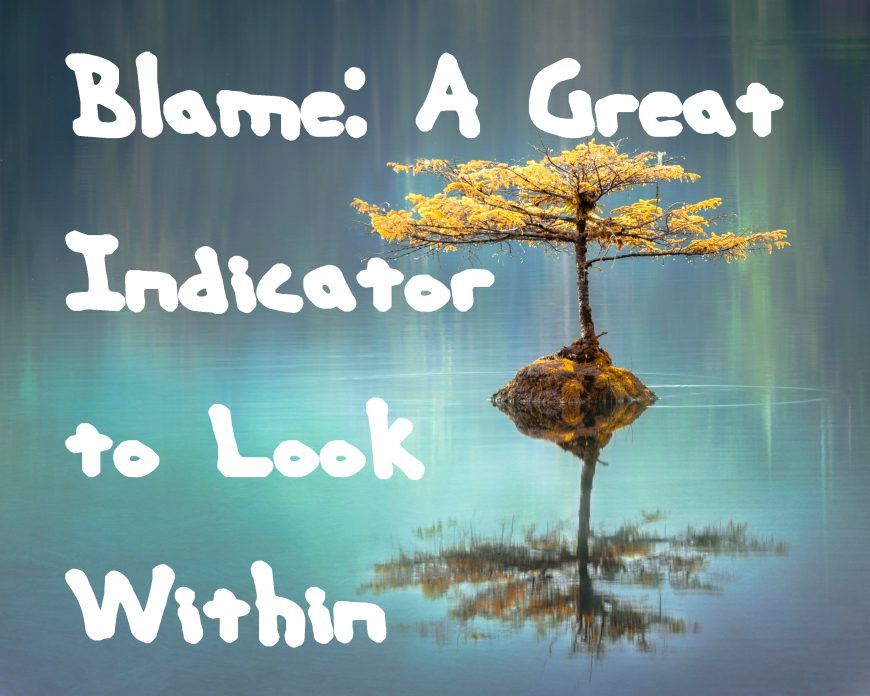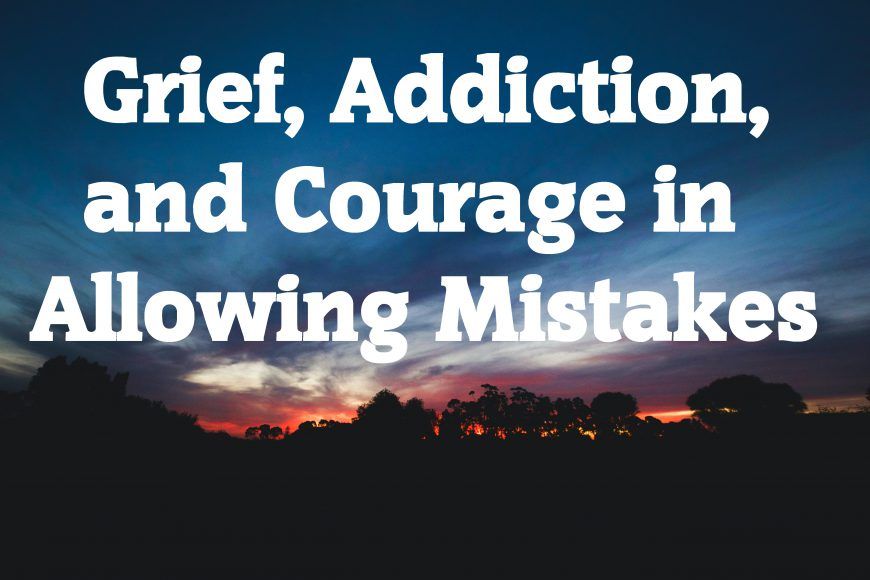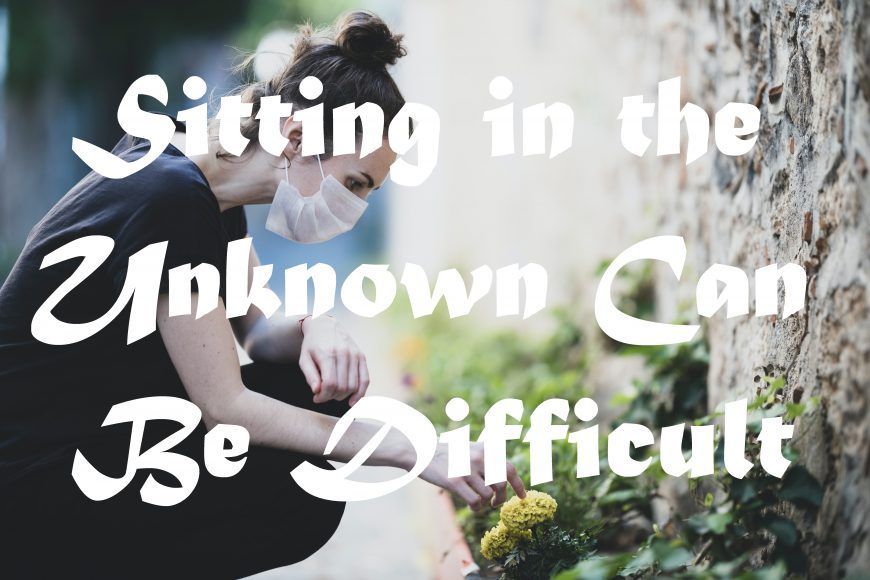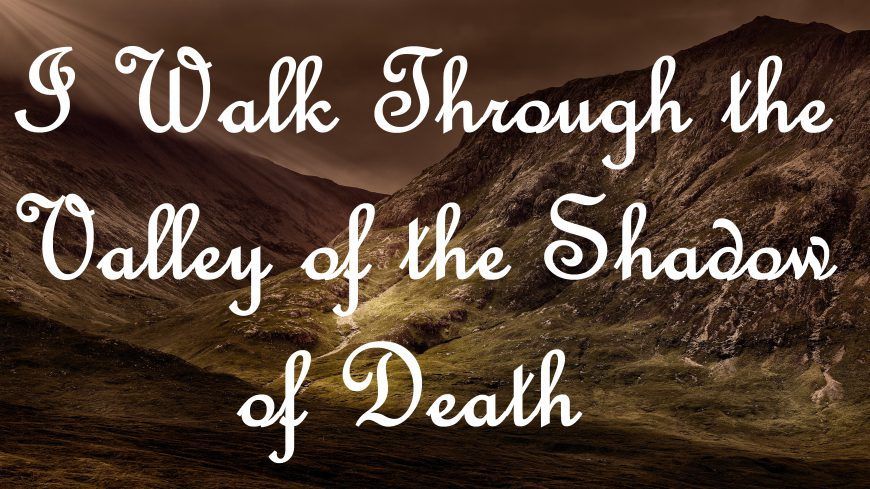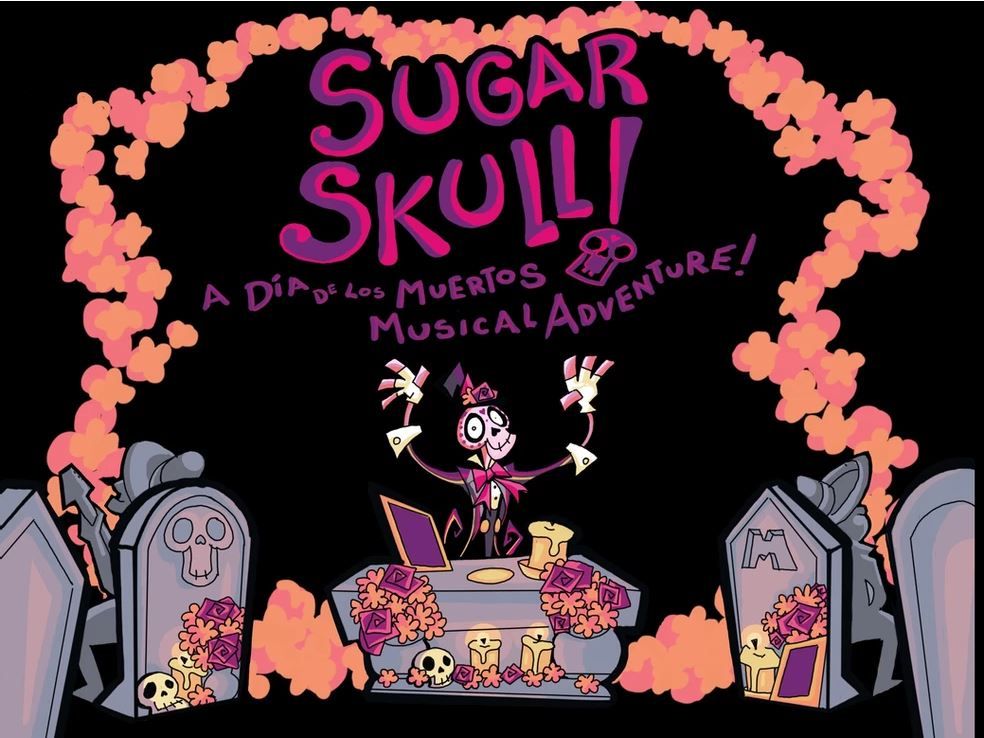Writing Your Own Obituary
“It pains me to admit this, but apparently, I have passed away.” ~ Emily Phillips
The first known obituary dates back to about 60 BC, found carved into the stone and metal tablets hung in the Forum of Julius Caesar’s ancient Rome. The obits section of these “early newspapers” was considered part of Rome’s social news, listed alongside gladiator battle results and notable marriage announcements.
In the 1600s in London, England, a weekly Bill of Mortality was issued, informing citizens of the scores of deaths attributed to plague, tuberculosis, tooth and worms, scurvy, measles, lethargy, grief, fainting, excessive drinking, smothering, fright, and even “lunatick.”
In the 1800s in America, journalists began imbuing their reported deaths with more description and storytelling, often attributing much “bravery” to departed men and “gentleness” to departed women.
During the Industrial Revolution of the early 1900s, obituaries began focusing more on the deceased’s legacy of professional accomplishments, specifically the amount of money they’d earned in their career and the number of years they’d worked. *
Today, most obituaries are written by the family members of the deceased, rather than by journalists. While many obituaries continue to embrace the traditional formula of presenting biographical details, achievements, and lists of family names, others are becoming increasingly personal, choosing to explore and reveal a deeper essence and meaning of the deceased’s life.
More radical still, are the autobiographical obituaries, which offer the writer a chance to share with the world special messages, including life lessons, memories they hold dear, and gratitude for others.
Tips for Writing Your Own Obituary
- Check the costs and restrictions of newspapers or websites where you might like to publish your obituary. Many print publications charge hundreds or thousands of dollars for a 300-500 word obituary. Find out if the publication accepts self-written obituaries, if they have style guidelines, if the newspaper staff writes the obituaries themselves, or if they only accept submissions from a funeral home.
- Just start somewhere, and let it be an unfolding, organic, imperfect process. You cannot shape something that doesn’t exist. Write first, then revise again and again. Writing starts to look like writing only during editing.
- Begin with a template, including details such as:
- Your name, city and state of residence, date of birth and death (to be filled in by a family member after your passing), city and state of birth, and names of your parents.
- Names of surviving and preceded-in-death family members.
- Basic historical timeline of your life, including schools attended, places of residency, military service, employment history, organizations belonged to, etc.
- Then move deeper, exploring:
- Pleasures
- Insights
- Confessions
- Regrets
- Thank you’s
- Memories
- Questions
- Lessons learned
- Impact on the lives around you
- Messages for the living
- What you know for sure
“Obits have next to nothing to do with death and in fact absolutely everything to do with life.” ~ Margalit Fox, Senior Obits Writer for the New York Times
Here are some examples of enlivened obituaries that might prove inspirational. Happy reading, happy writing, and happy living.
* Referenced from a 2015 article written by Melissa Batchelor Warnke, titled “The Evolving Obituary,” and published by Pacific Standard.

